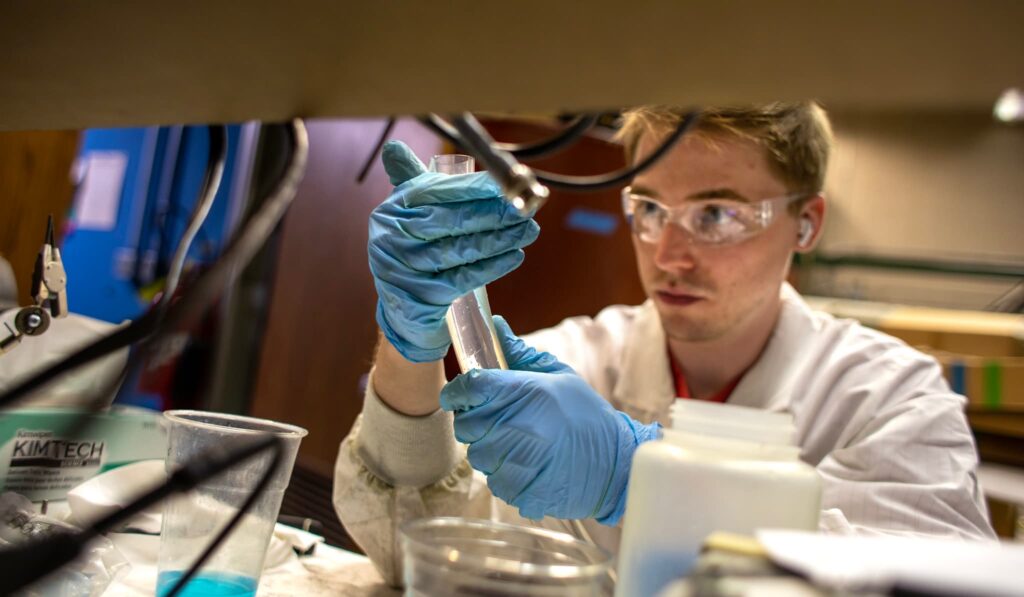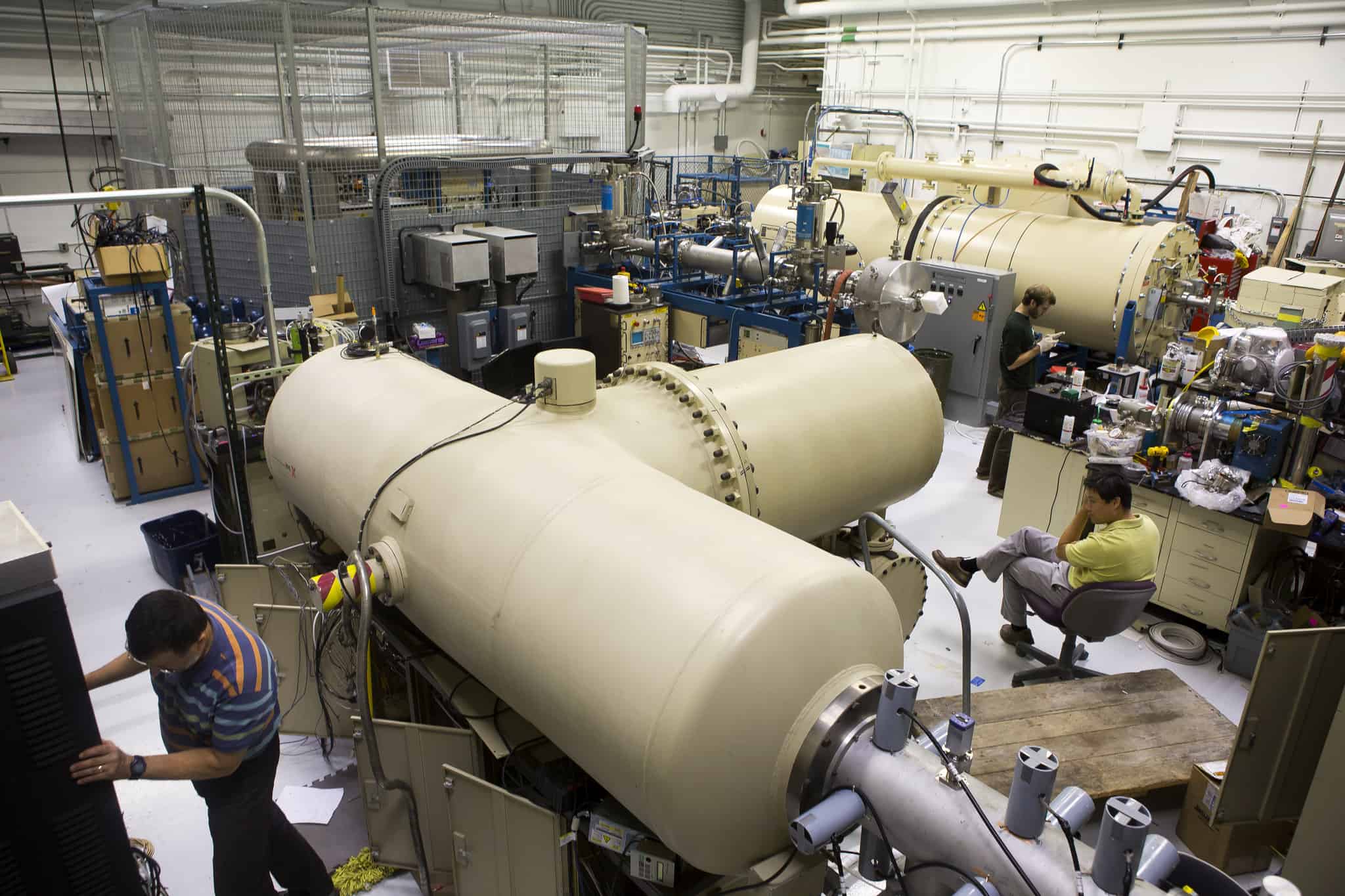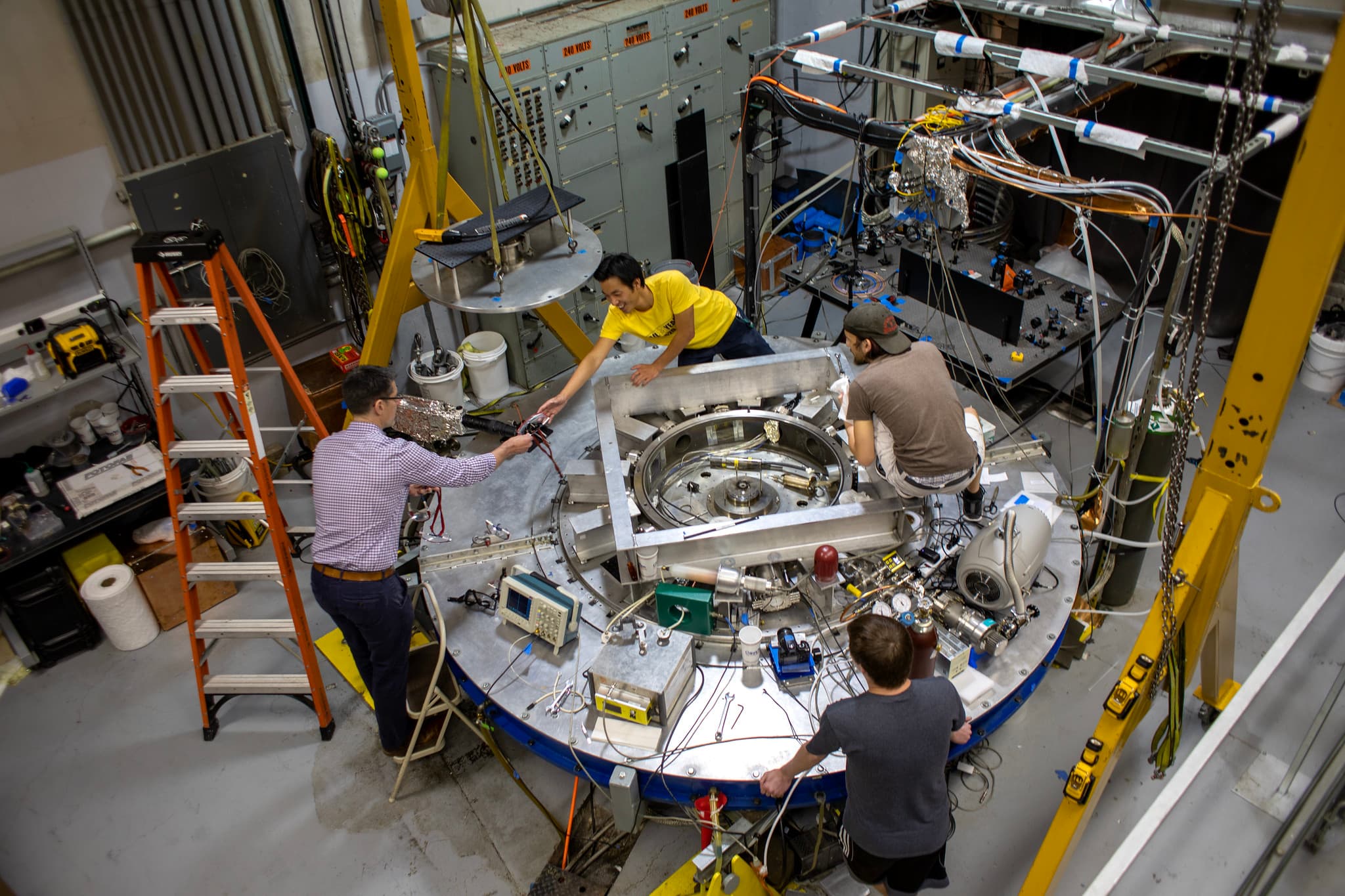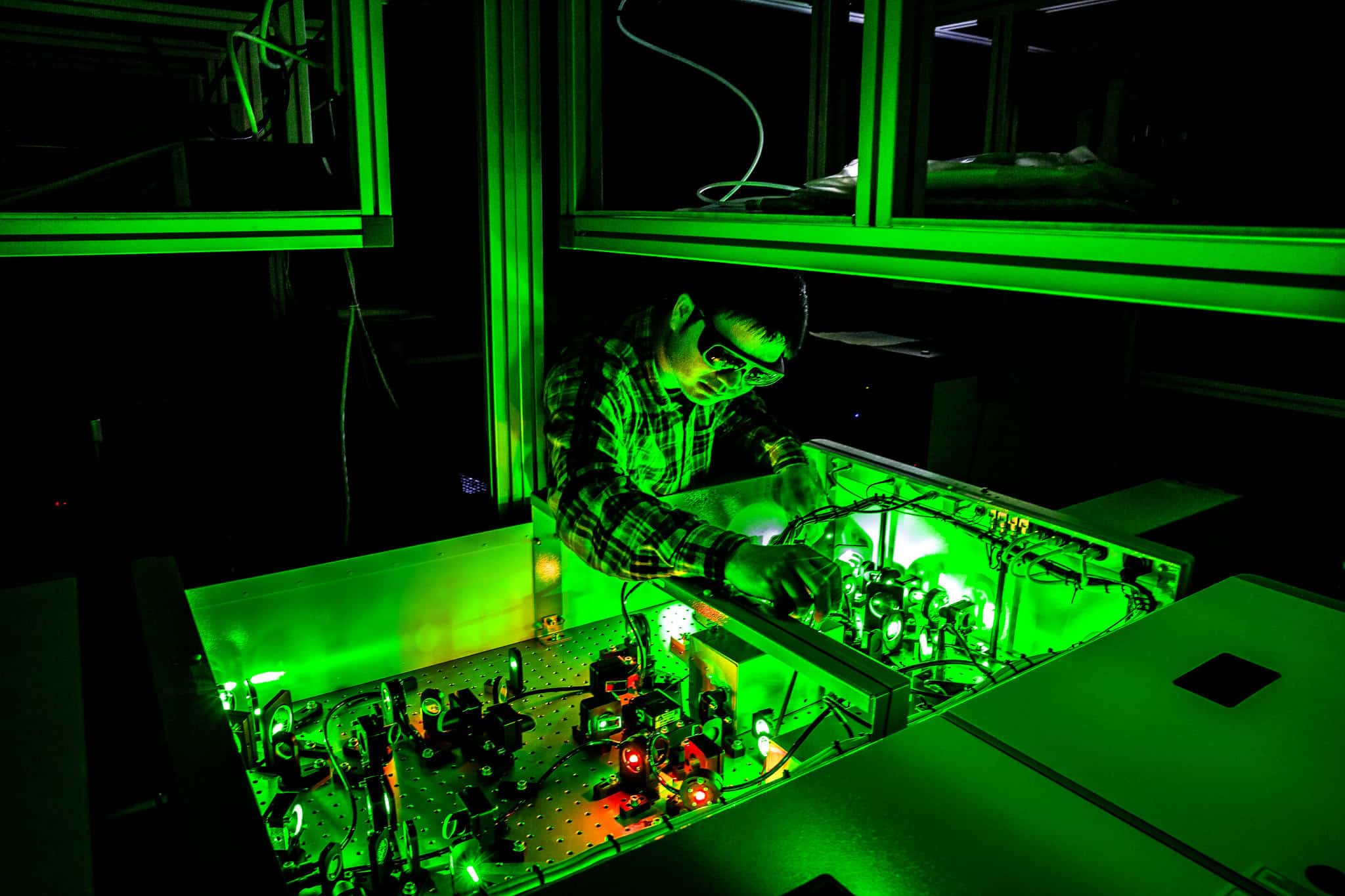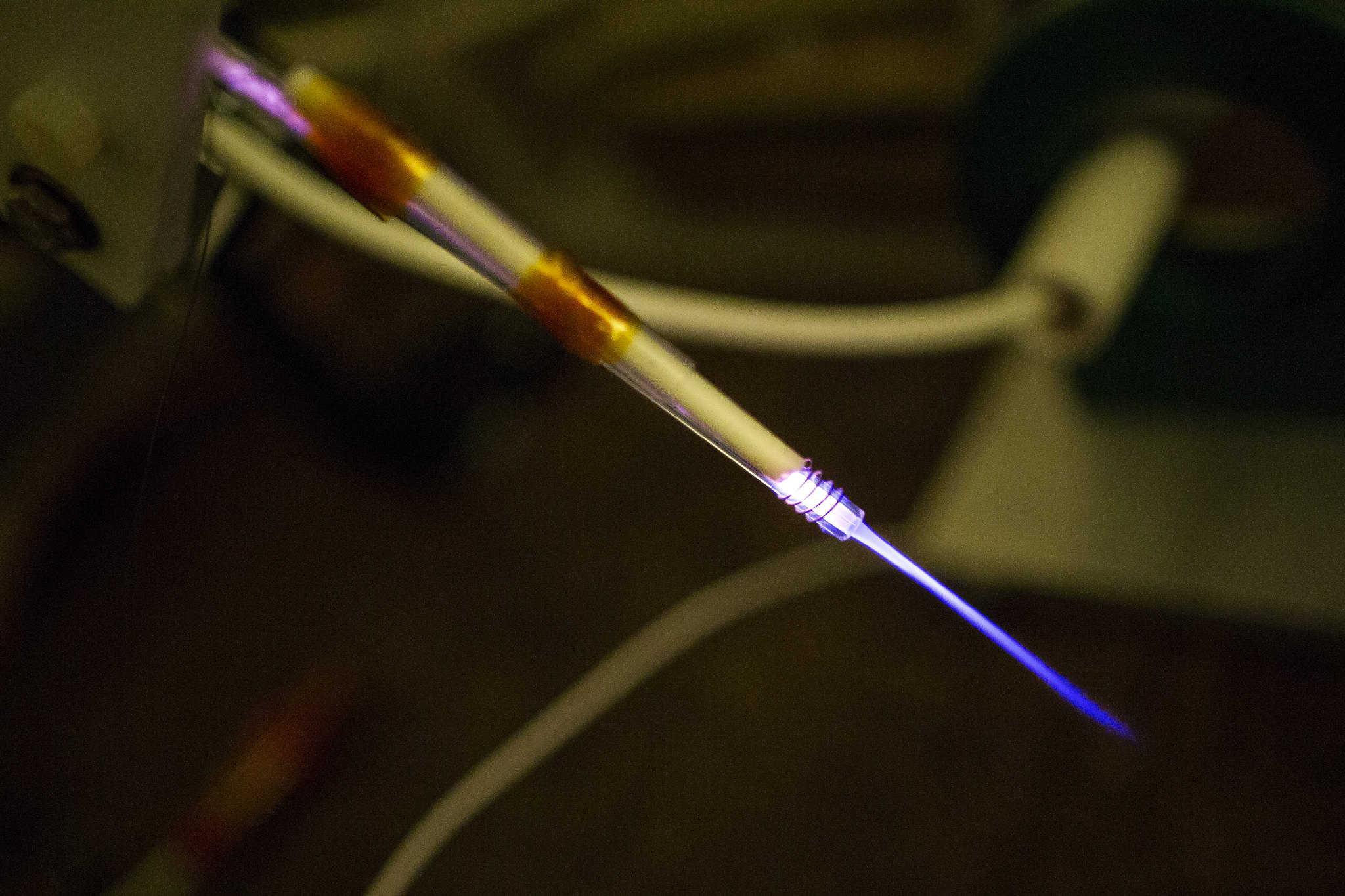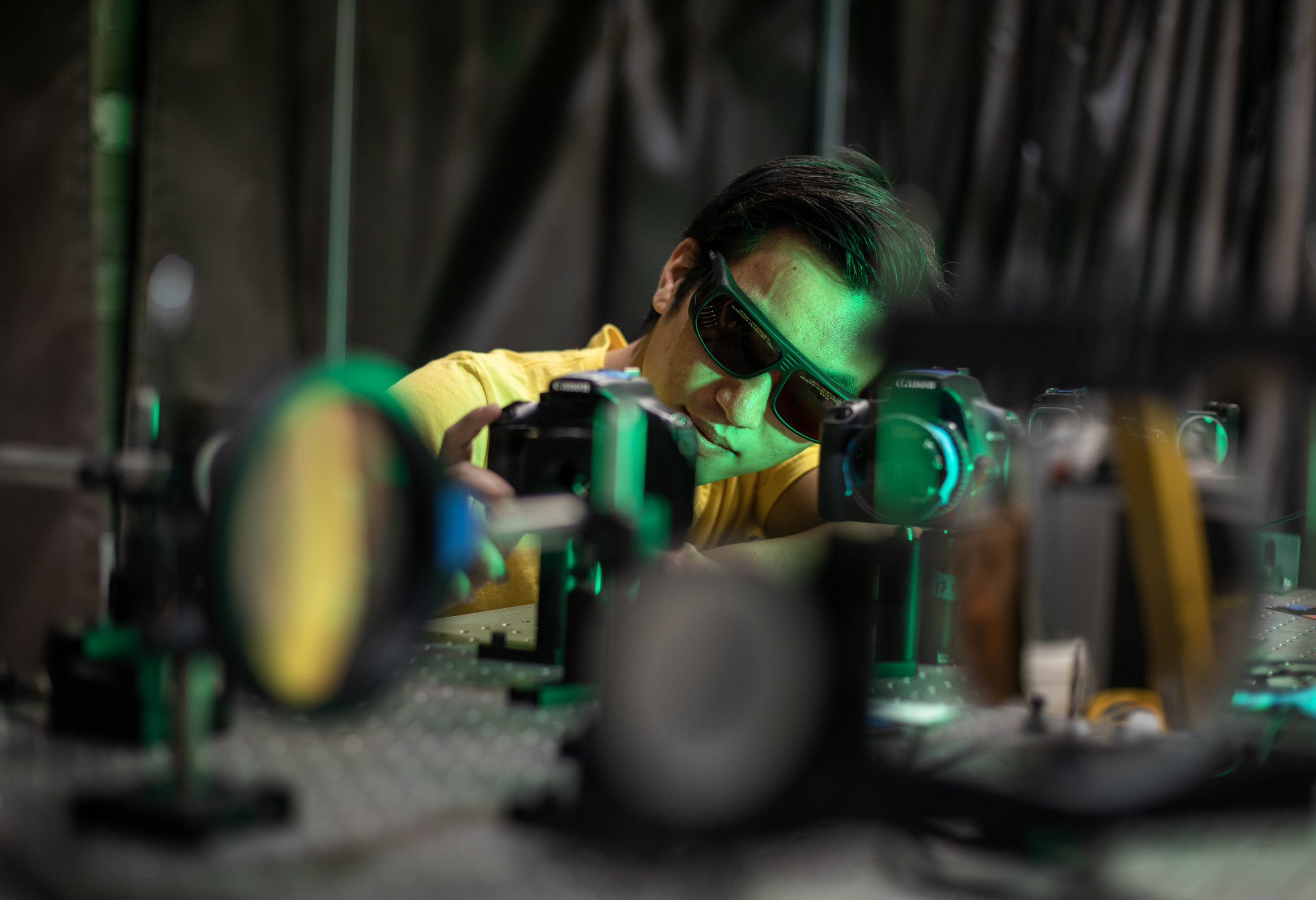
Research
Research opportunities abound for both undergraduate
and graduate students.
Our faculty work at the leading edge of their nuclear science and engineering disciplines with active collaborations worldwide.
At the forefront of nuclear science, our department harnesses substantial funding to fuel groundbreaking research. With a robust $31.6 million allocated in 2023, we provide unparalleled opportunities for undergraduate and graduate students, postdoctoral fellows, and faculty to engage in transformative research.
Research Areas
Fission Systems & Radiation Transport
Understanding the way that atomic nuclei split and how radiation moves through materials is crucial to nuclear power and nuclear nonproliferation.
Materials & Radiation Effects
Radioactive materials and the response of materials to radiation are important to nuclear power, space technology, and fundamental science.
Plasmas & Nuclear Fusion
Plasmas have the potential to purify water, propel spacecraft across the solar system and beyond, heal wounds, ignite nuclear fusion, and more.
Radiation Measurements & Imaging
Radiation measurements are important for medical imaging, archaeology, astrophysics, and preventing the spread of nuclear weapons.
We boast over 20 labs, and several of our major facilities are on par with those you might find at a national laboratory. Here are just a few:
Research Priorities
Sustainable Energy
Access to clean, affordable, and reliable energy improves human lives. According to the Department of Energy (DOE), nuclear power is the largest source of clean energy in the United States, providing 53% of the emission-free energy in 2020. Nuclear energy has emerging national and international market opportunities in addition to gigawatt scale electricity. Twenty-first-century nuclear energy will include zero-carbon direct forms such as heat and energy carriers like electricity and hydrogen. Partnerships with industrial users to provide electricity, heat, plasmas, and advanced materials will improve economic competitiveness.
Environment and Health
Advances in nuclear and radiological science can improve the efficacy of medical diagnosis and treatment, aid in the environmental cleanup of chemical and biological contaminants, and decrease the environmental effects associated with deploying nuclear technology, importantly in the storage and disposal of used nuclear fuel.
Nuclear Security and Defense
The deployment of nuclear technology comes with the responsibility to control and account for radiological materials. This is true in many applications including homeland security, medical imaging, and nuclear fuel cycle monitoring to prevent the proliferation of weapons of mass destruction. Advances are needed in methodologies for the safeguards of nuclear and radiological materials, tools for science-based stockpile stewardship, and the understanding of materials under extreme conditions.
Scientific Discovery
Technological revolution springs from new fundamental discoveries. Discovery comes through using world-class experimental facilities, including particle beams and radiation sources, to interrogate systems under extreme conditions, improving our ability to detect radiation signals and apply advanced computing to understand physical interactions.
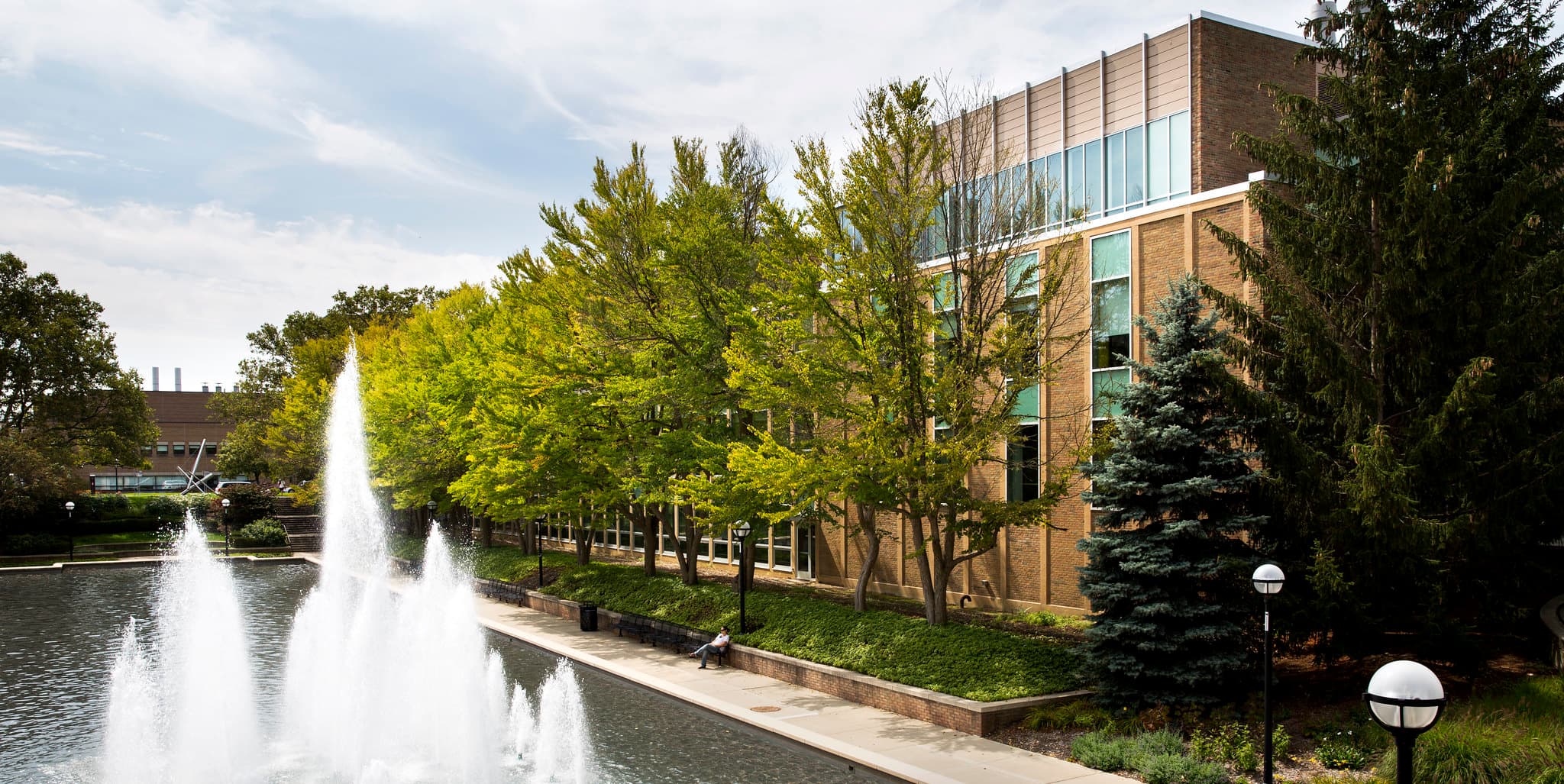
GET INVOLVED
We believe that engaging in research as an undergraduate student is a very important part of the NERS experience, and many of our third- and fourth-year undergraduate students are actively involved and have co-authored papers in scientific journals.
